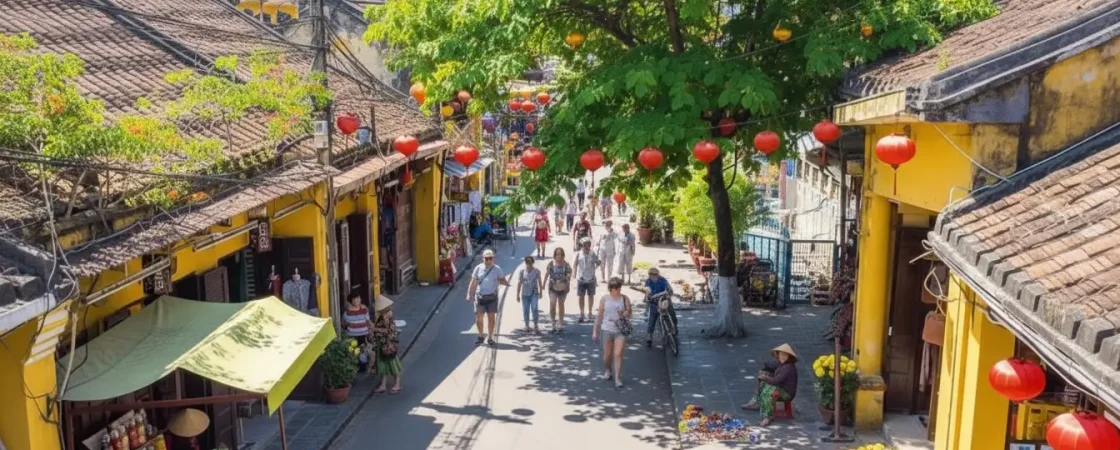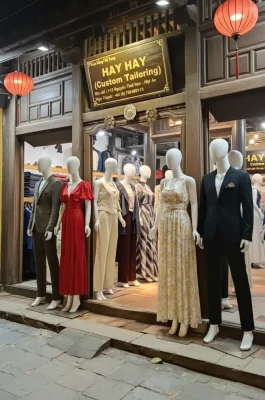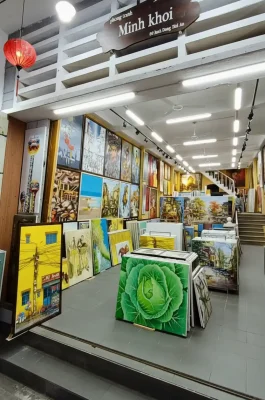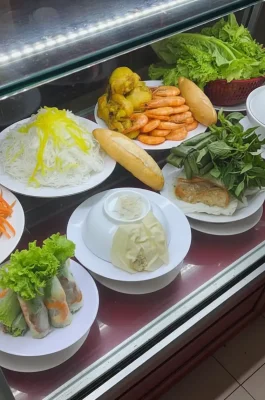Hoi An Central Market: Experiencing Authentic Local Life
Hoi An Central Market (Chợ Hội An) functions as the town’s primary trading center and largest day market, offering a vibrant contrast to the tranquil ancient streets surrounding it. This essential hub provides a genuine, sensory-rich experience of local Vietnamese life, making it a perfect destination for food enthusiasts and culture seekers. The market complex comprises a central building and surrounding stalls, stretching from Tran Phu Street to the Thu Bon River bank.
I. History and Its Role in Hoi An’s Culture
The market’s history closely mirrors the development of Hoi An as a major international trading port between the 16th and 19th centuries. Established in the mid-19th century, its location along the Thu Bon River ensured easy access for river trade, cementing its role as the town’s main commercial link. Today, the market preserves this legacy, continuing to operate as the lifeblood of Hoi An’s daily economy. Visiting the Central Market provides an invaluable opportunity to witness the everyday bustle, far removed from the typical tourist routes.

II. Market Sections and Culinary Highlights
The Central Market is renowned for its well-organized zones, simplifying the exploration process. It stands as a particularly famous destination for its food court.
Wet Market (Fresh Produce): This early-morning section sells fresh vegetables, tropical fruits, and seafood, sourced directly from local farmers and fishermen. It offers a chaotic yet authentic spectacle of daily commerce.
Dry Goods and Textiles: This indoor section features stalls selling local spices, dried chili, Vietnamese coffee, and packaged goods—perfect for souvenirs. Hoi An’s famous tailors often operate stalls nearby, allowing visitors to purchase fabric and order custom clothing.
The Food Court (Culinary Paradise): This is arguably the most popular area. Dozens of stalls prepare affordable and authentic Central Vietnamese dishes, including Cao Lầu (Hoi An’s signature noodle dish), Mì Quảng (turmeric noodles), and Bánh Bao Vac (White Rose dumplings). Locals primarily frequent these clean, indoor stalls, ensuring the food’s authenticity and quality.
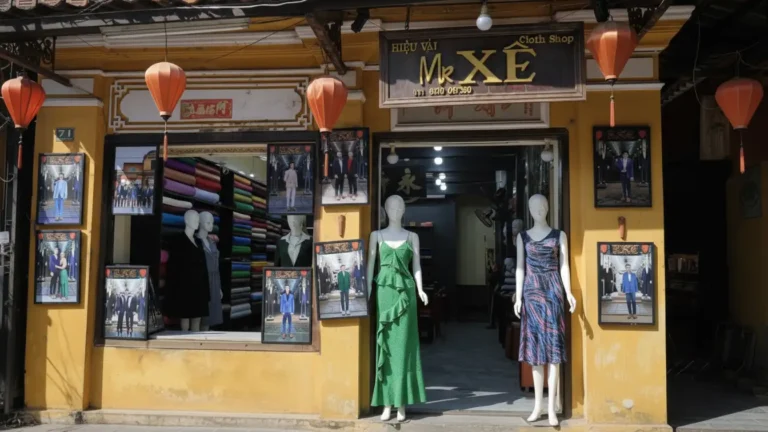
III. Essential Visitor Information
Plan your market visit effectively by using these practical details.
Location/Address: The intersection of Tran Phu Street and Bach Dang Street (Main Entrance on Tran Phu).
Operating Hours: The market generally opens daily from 6:00 AM to 5:00 PM. The best time to visit for fresh produce is early morning (6:00 AM – 8:00 AM). For the food court, we suggest visiting during lunch hours (11:00 AM – 2:00 PM).
Entrance Fee: Entry to the market is free of charge.
Tips for an Authentic Visit: Bring small denominations of Vietnamese Dong, since most vendors do not accept cards. Haggling is generally expected in the dry goods and textile areas, but do not attempt to bargain at the food stalls, as they set fixed, low prices. The market serves as an excellent starting point for a cooking class, where participants often source fresh ingredients here.
